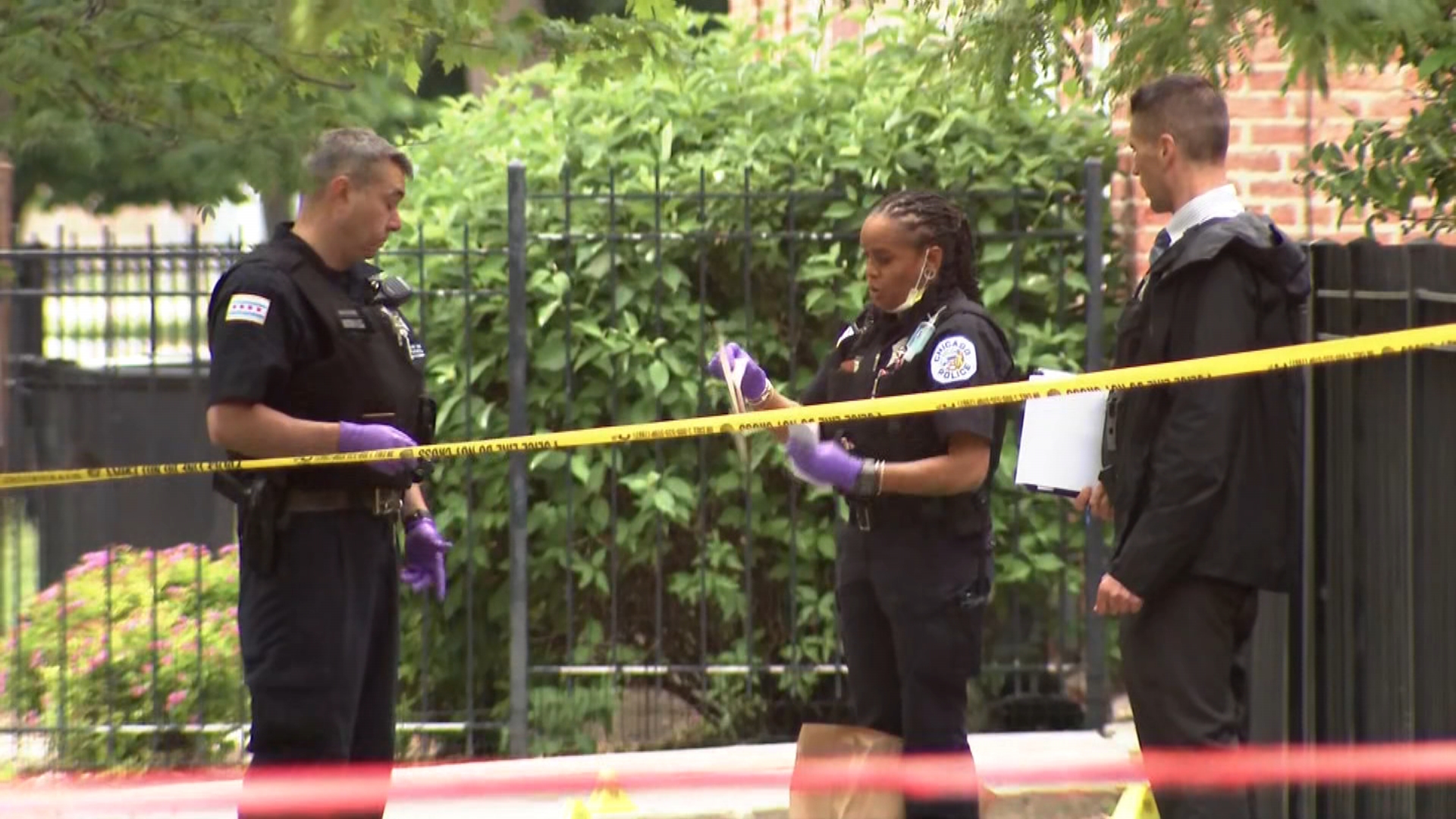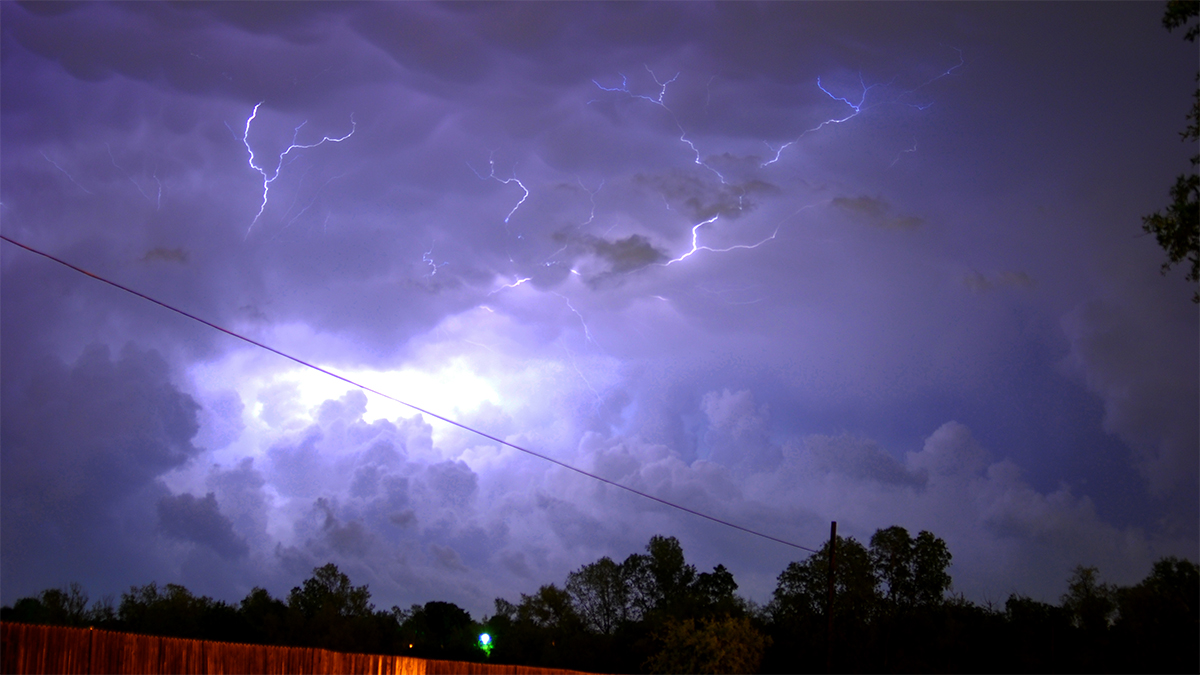
Stargazers will encounter striking views next week as a solar eclipse becomes visible in the skies across the U.S.
But depending on where you live, what exactly you see might vary greatly.
An annular eclipse will travel through parts of Oregon, California, Nevada, Utah, Arizona, Colorado, New Mexico and Texas on Oct. 14, creating a "ring of fire" effect in the sky, according to NASA.
Most of the country won't be in that narrow path, so the viewing experience will be different. The rest of the U.S., including Chicago, is close enough to experience a partial solar eclipse, according to the Adler Planetarium.
According to the planetarium's Solar Eclipse viewing chart, the eclipse is slated to begin at around 10:37 a.m., with the moon's shadow increasing as it moves across the sun. At 10:58 a.m. - just over an hour later, the eclipse will reach its maximum point, when the sun will actually look as if it has been "bitten" in half, the planetarium stated on its website. The eclipse will come to an end that afternoon at around 1:22 p.m., when the moon will no longer cover any part of the Sun.
As defined by NASA, a partial eclipse takes place when the moon passes between the sun and Earth, but the sun, moon and Earth aren't perfectly lined up. On the contrary, an annular solar eclipse occurs when the moon passes between the sun and Earth while it is at its farthest point from Earth.
if you're planning to catch a view of the eclipse, it's crucial to prepare ahead of time and get proper eye protection. You'll want to purchase safe solar glasses, which might appear like regular sunglasses at first glance, but are actually thousands of times darker.
Local
Those who don't have proper eye protection risk sustaining permanent eye damage, which can happen in a matter of seconds. While wearing your eclipse glasses, make sure not to look at the sun through a camera lens, telescope, binoculars or any other optical device. The concentrated solar rays can burn through the filter and cause a serious eye injury.
If you'd rather stay indoors when the eclipse occurs, Adler is offering its own viewing experience. The planetarium will be going live on YouTube to show the partial solar eclipse from Chicago, weather permitting.
Feeling out of the loop? We'll catch you up on the Chicago news you need to know. Sign up for the weekly Chicago Catch-Up newsletter here.



